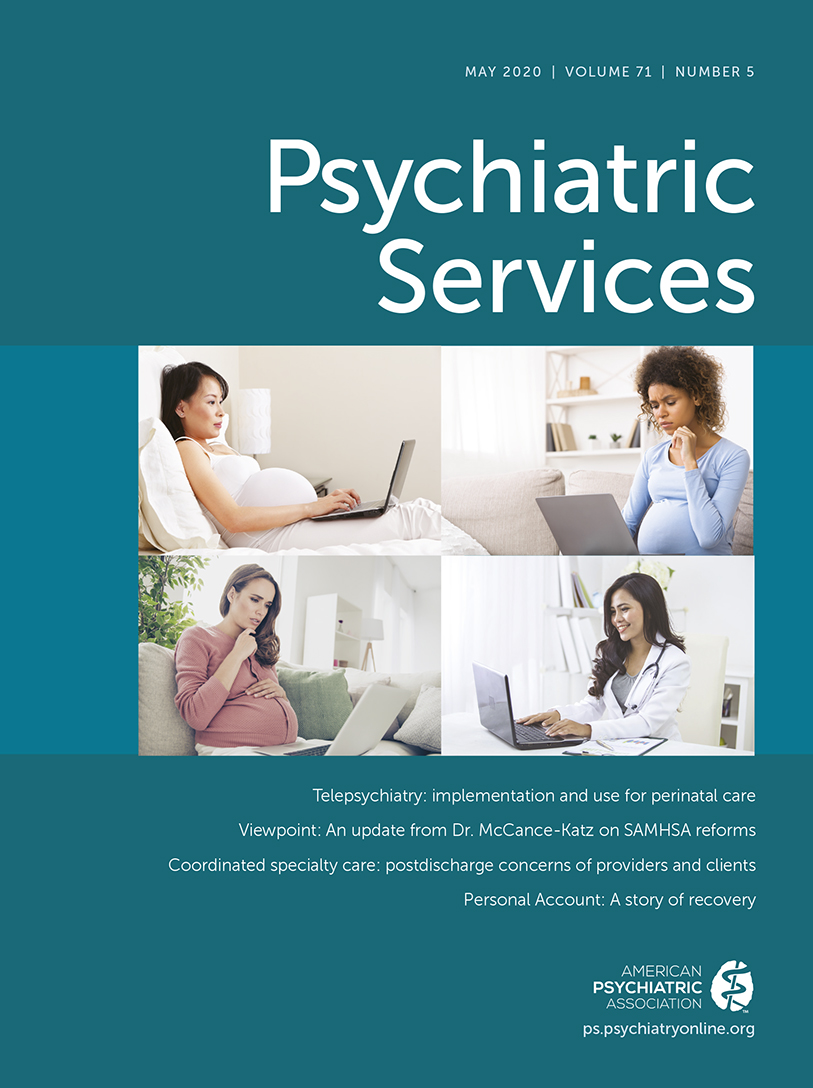Abstract
Objective:
Reasons for frequent use of psychiatric emergency services are complex and numerous, but research has largely depended on quantitative methods to describe the phenomenon. The goal of this study was to describe the reasons for frequent use in Singapore and the ways service seekers changed because of frequent use.
Methods:
Semistructured qualitative interviews were conducted with 44 adults between July 2016 and December 2017. These people visited the psychiatric emergency department of a large tertiary care institute in Singapore five or more times in 12 months. Thematic analysis was conducted to categorize the reasons for frequent use.
Results:
Participants were 39 years old on average, and their median length of contact with emergency services was 3.5 years. Psychotic, depressive, adjustment, and personality disorders were most common. Reasons for frequent use included seeking psychiatric services outside of office hours, seeking the safety of admission, seeking the comfort of speaking with an empathetic professional, intoxication, contact with police, and families seeking respite. Because their frequent use gave them knowledge of standard operating procedures, participants censored their disclosure of symptoms instead of reporting the full depth of their crisis in order to reach their desired outcome of the visit.
Conclusions:
Frequent use of emergency services led to changes in people’s willingness to disclose important details of their crisis. These adjustments allowed service users to reach their desired outcome. Service providers and policy makers must be mindful that the package of care they deliver may prescribe medical solutions to social distress because of a lack of better alternatives.



